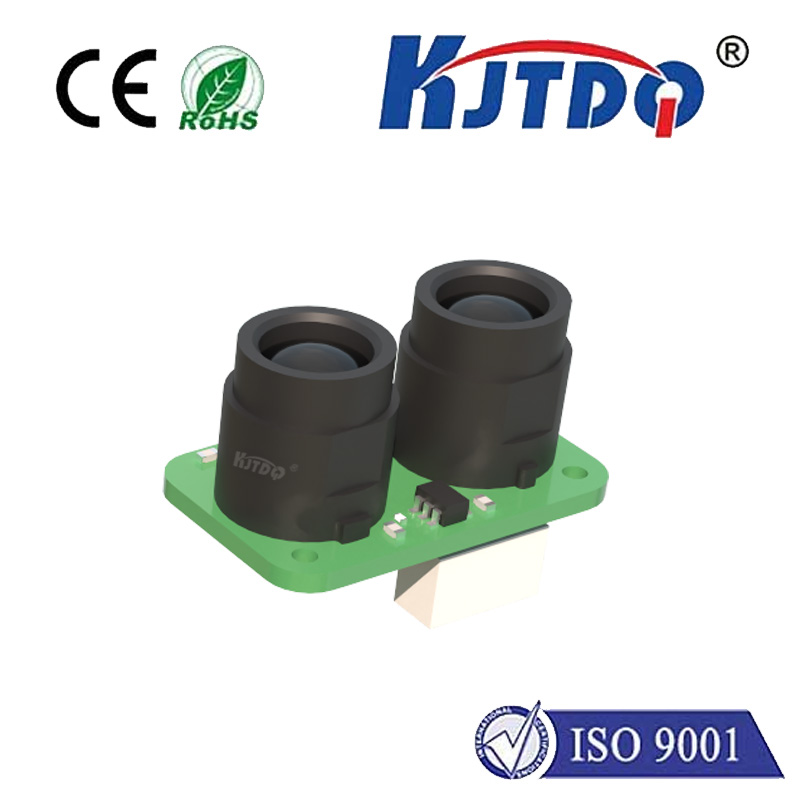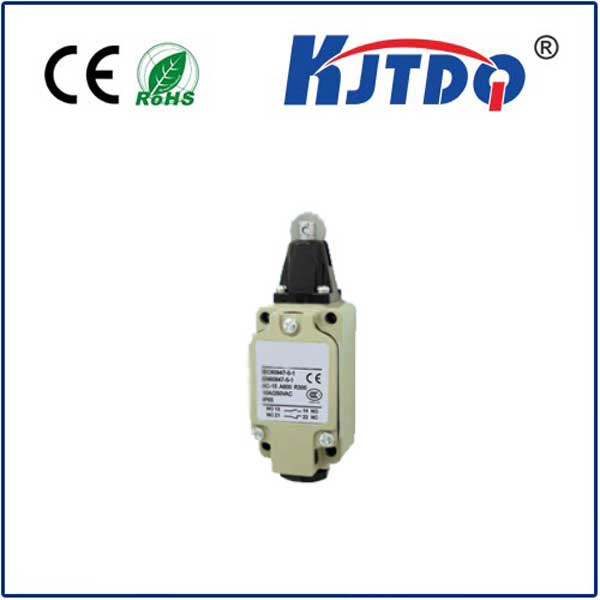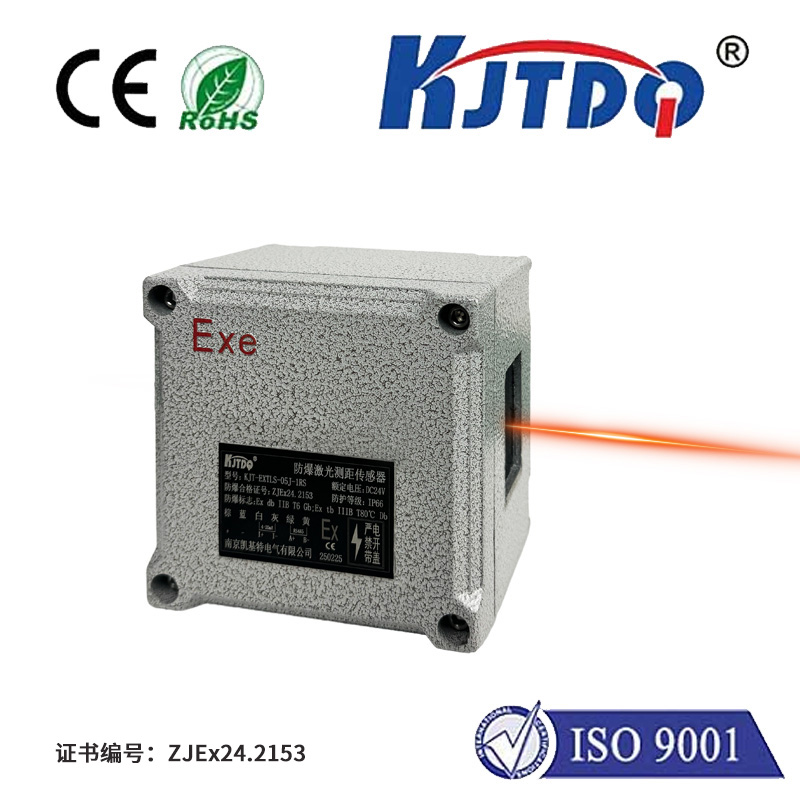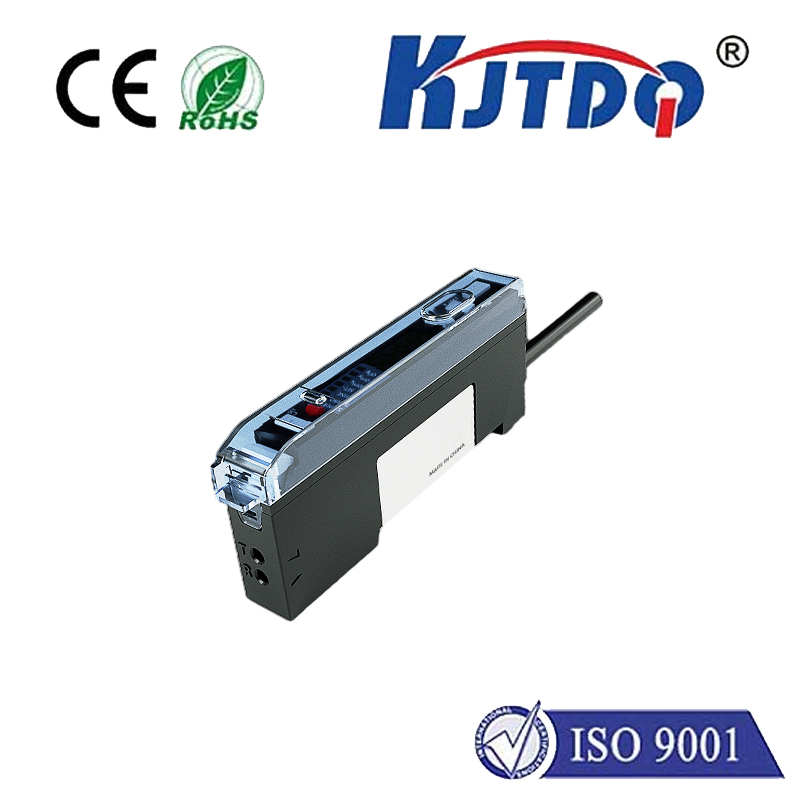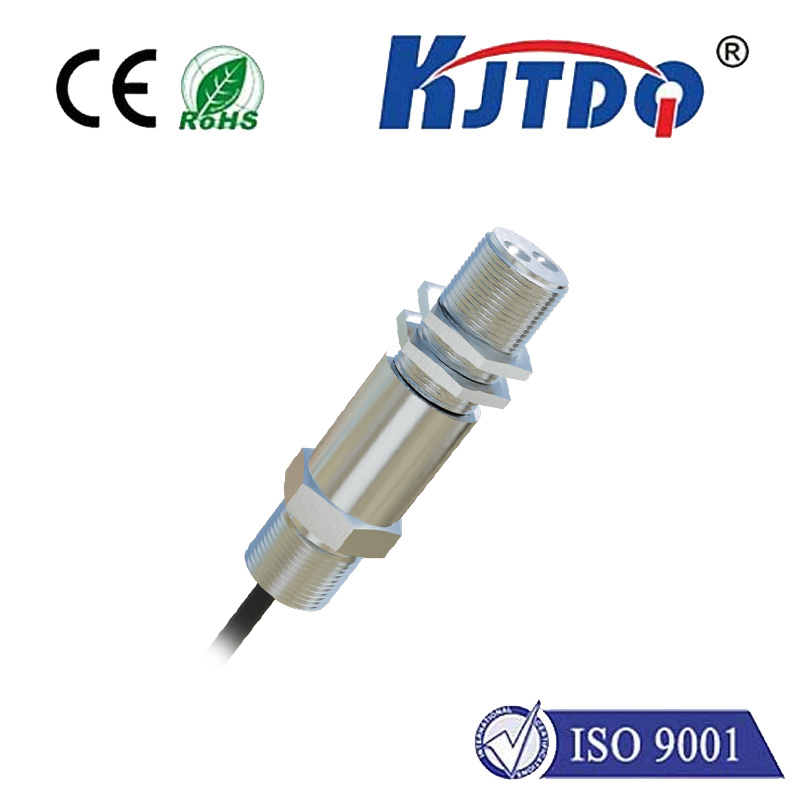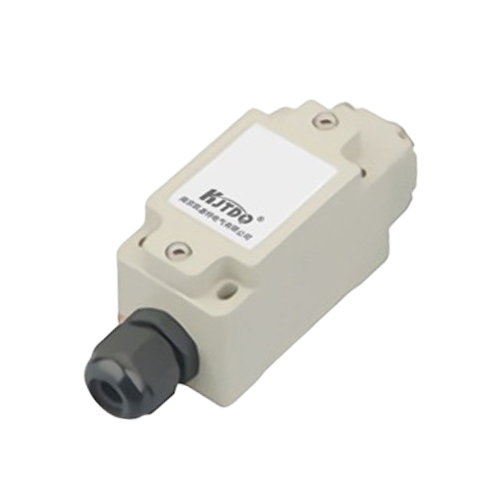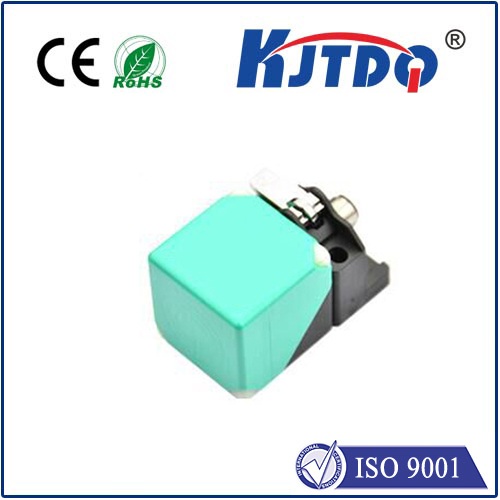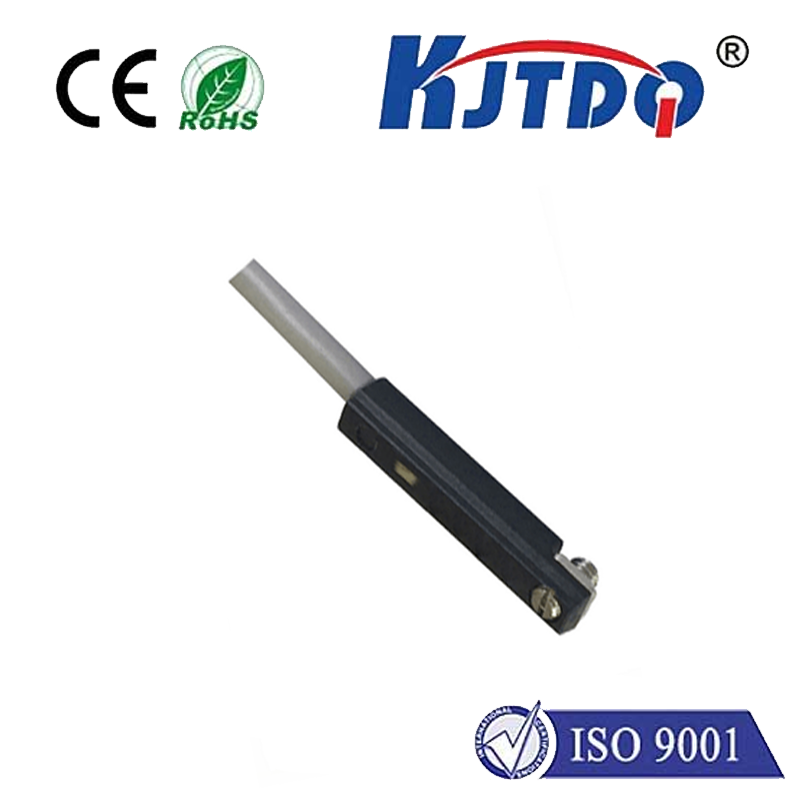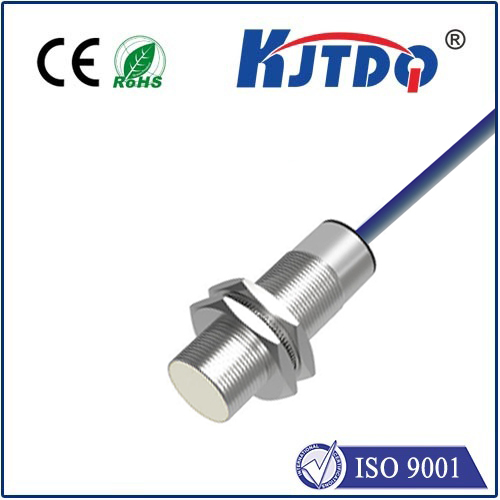

check

check

check

check

check

check

check

check

check

check
Capacitive Proximity Sensor Range: A Comprehensive Guide
Capacitive proximity sensors are an essential component of modern technology, used in various applications ranging from smartphones to automotive systems. One of the key parameters that determine the effectiveness of these sensors is their range. In this article, we will explore the capacitive proximity sensor range and how it affects their performance.

The range of a capacitive proximity sensor refers to the maximum distance at which it can detect the presence of an object without any physical contact. This parameter is crucial as it determines the sensor's ability to accurately detect objects and respond accordingly. The range of a capacitive proximity sensor depends on several factors, including the size and shape of the sensing element, the material properties of the target object, and the surrounding environment.
One important factor that affects the range of a capacitive proximity sensor is the size and shape of its sensing element. Generally, larger sensing elements have a greater range than smaller ones due to their increased surface area. However, the shape of the sensing element also plays a role in determining its range. For example, curved or irregularly shaped sensing elements may have a different range than flat or regularly shaped ones.
The material properties of the target object also play a significant role in determining the range of a capacitive proximity sensor. Objects made of conductive materials such as metal or water will generally have a greater range than those made of non-conductive materials such as plastic or wood. This is because conductive materials can easily transfer electrical charges, making them more detectable by capacitive proximity sensors.
Finally, the surrounding environment can also impact the range of a capacitive proximity sensor. Humidity, temperature, and air pressure can all affect the performance of these sensors. For example, high humidity levels can increase the dielectric constant of the air, making it more difficult for capacitive proximity sensors to detect objects accurately.
In conclusion, understanding the range of a capacitive proximity sensor is essential for designing effective sensing systems. By considering factors such as sensing element size and shape, target object material properties, and environmental conditions, engineers can optimize the performance of these sensors and ensure accurate detection over a desired range.

